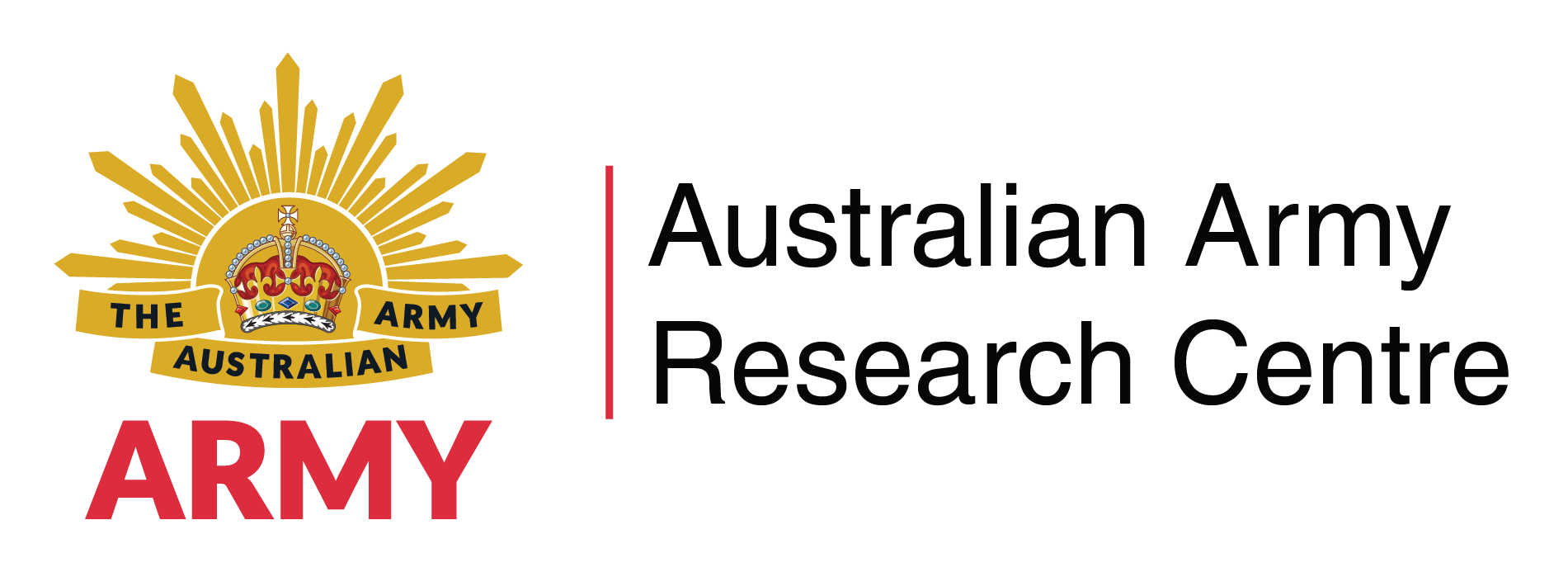Search
Using the filters to the left, click your selection, it will become bold and filter the results, click it again to remove that filter.
Abstract This article contends that the experience of the early twenty-first century has highlighted a long-term systemic weakness in the formulation and execution of Western military strategy. The need for strategists to focus on people, culture and society is not just a counterinsurgency requirement; rather it should be an indispensible and enduring strand in all strategic calculations. There is a need to immigrate the thinking, methods, products and approach of anthropology into the formulation and …
Abstract The Victorian bush fires of February 2009 swiftly destroyed nearly two thousand homes and took over 170 lives. Yet, equally as swift, and in spite of the extensive damage, the ADF responded quickly and efficiently to this disaster with Operation VICTORIAN FIRES ASSIST. While the success of this operation was obvious for all to see, the author identifies several lessons that can be drawn from this unique experience, examining what worked as well as what did not—and how matters could be improved. To …
… Chauvel Prize 2009 - Colonel Roger Noble …
Abstract Army’s doctrine is absolutely certain of the importance of close combat. Land Warfare Doctrine 1 (LWD–1) in fact describes close combat as Army’s fundamental skill—is this true? Is the doctrinal focus of close combat reflected in the training areas and schools of the Army? The anecdotal evidence is that it is not. An examination of recent works on distributed manoeuvre identifies the essential characteristics of any close combat training ‘system’. Training close combat is at the forefront of …
Abstract The complexity of modern warfare makes decision difficult to achieve. Conventional wisdom holds that, when fighting insurgents and other asymmetric actors, wars will be long and costly struggles that simply pit political wills against each other in a Clausewitzian kind of grey clash of ... moral masses’. In this article, the authors reject this fatalist view and posit that, with the right skill sets, Western commanders may possibly be able to restore their ability to achieve decision on the modern …
Abstract The article gathers together a collection of thoughts on command from the perspective of a brigade commander. Most will not be new. They are aimed at commanding officers, though some will resonate with more junior commanders. The article has been derived from a speech delivered at the 2008 and 2009 pre-command courses in Canungra by the then Brigadier Stephen Day. I worked with ten different commanding officers while I was a brigade commander. They were the ablest of soldiers. We learnt much in …
Abstract In response to a recent essay in the Australian Army Journal, which continued the current debate about ‘Cultural Awareness’, this article examines the place of the Australian soldier in the community. 1 It questions whether it is counterproductive to remove the soldier from the very community that could teach him the valuable skills in human relations he needs on operations. The author draws examples from current recruiting and accommodation practices, pre-deployment training, recent operations …
Abstract This article examines the limitations of traditional strategic approaches to the resolution of contemporary conflicts. It proposes control as the unifying idea for military action. Everything in war is simple, but the simplest thing is difficult. The difficulties accumulate... – Clausewitz Isaiah Berlins famous essay The Hedgehog and the Fox 1 was an examination of the work of Leo Tolstoy that rested on an observation from the ancient Greek poet Archilocus that ‘the fox knows many things but …
Abstract The purpose of this article is to highlight five challenges for Future Infantry in order to stimulate thinking about Future Infantry’s requirement to adapt and change. While this paper is Infantry focused, the challenges outlined will resonate with many people in the wider Army, and are of likely interest to people from Joint, whole-of-government, coalition, contractor and non-government organisations who expect to operate with Army in the future. In the twenty-first century, Future …
Abstract An enduring element of Australia’s commitment to Afghanistan is the Special Operations Task Group (known as TF66). This force is specifically trained for counter-terrorism and counterinsurgency operations, both of which have been conducted as part of the effort in Afghanistan. The effectiveness of these operations has to date been significant. This has been due to the direct and indirect Tines of Operation, which have been developed into a series of operating methodologies throughout the rotations …
